Published in 1919, The ecological relations of roots takes us below the surface to show what plants look like when they grow down. Written by John Ernest Weaver (1884 – 1966), an American biologist and prairie ecologist, the book focuses on the roots of more than 140 native American plant species in desert climates. His aim was to find “a more intelligent solution to the ecological problems of grazing”. And the illustrations are gorgeous, with intricate section drawings either made from photographs or at the same time as the root was excavated featuring precise measurements.
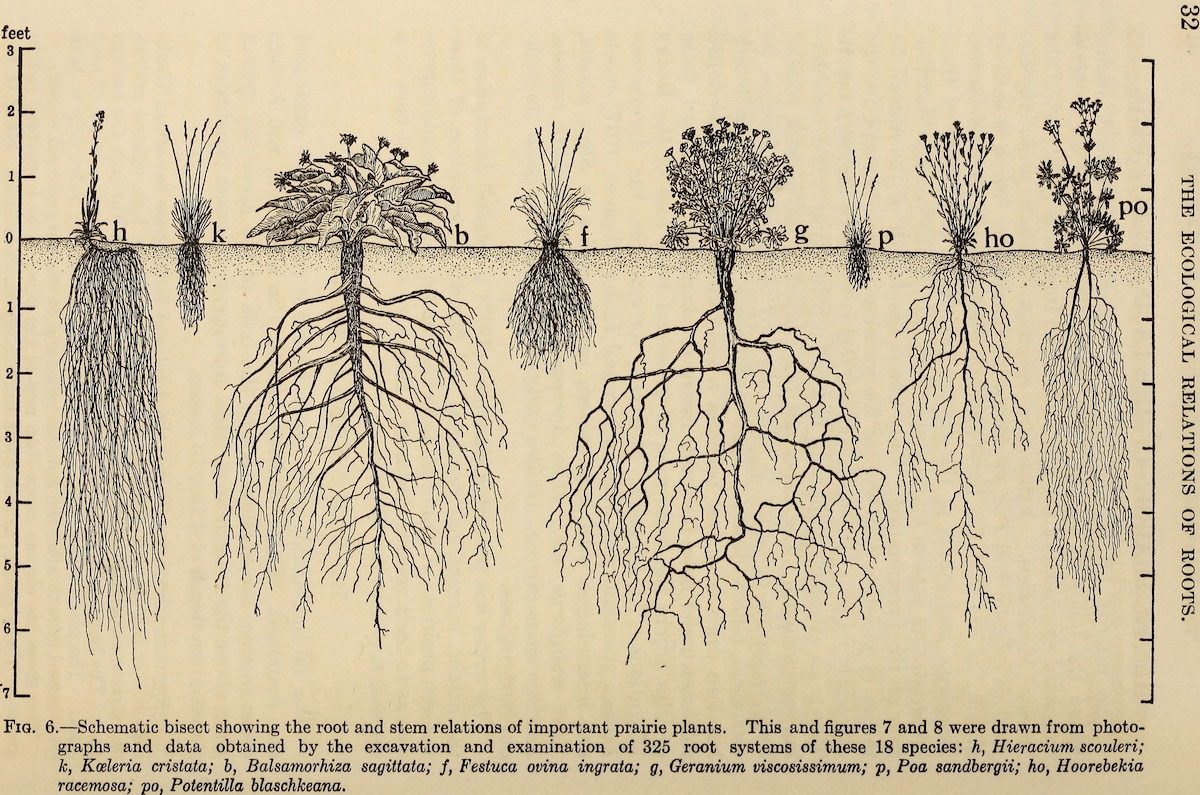

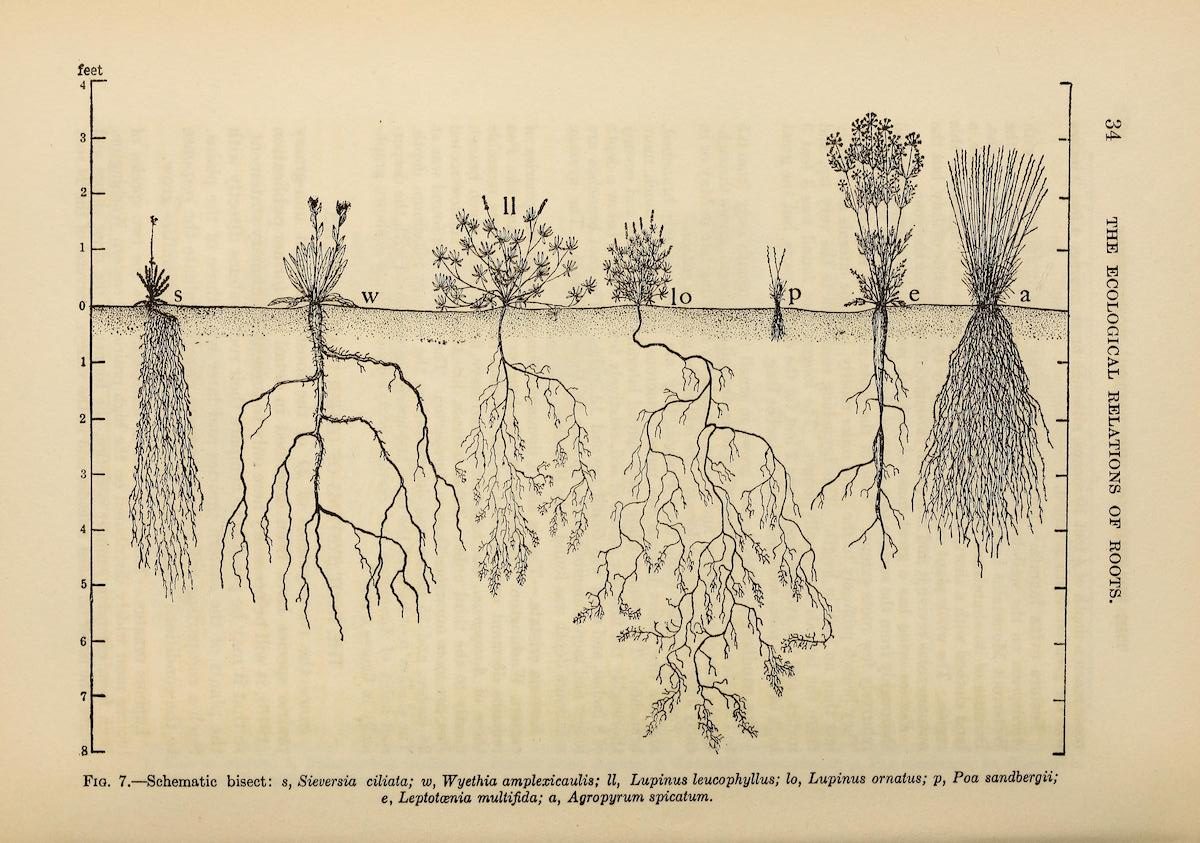
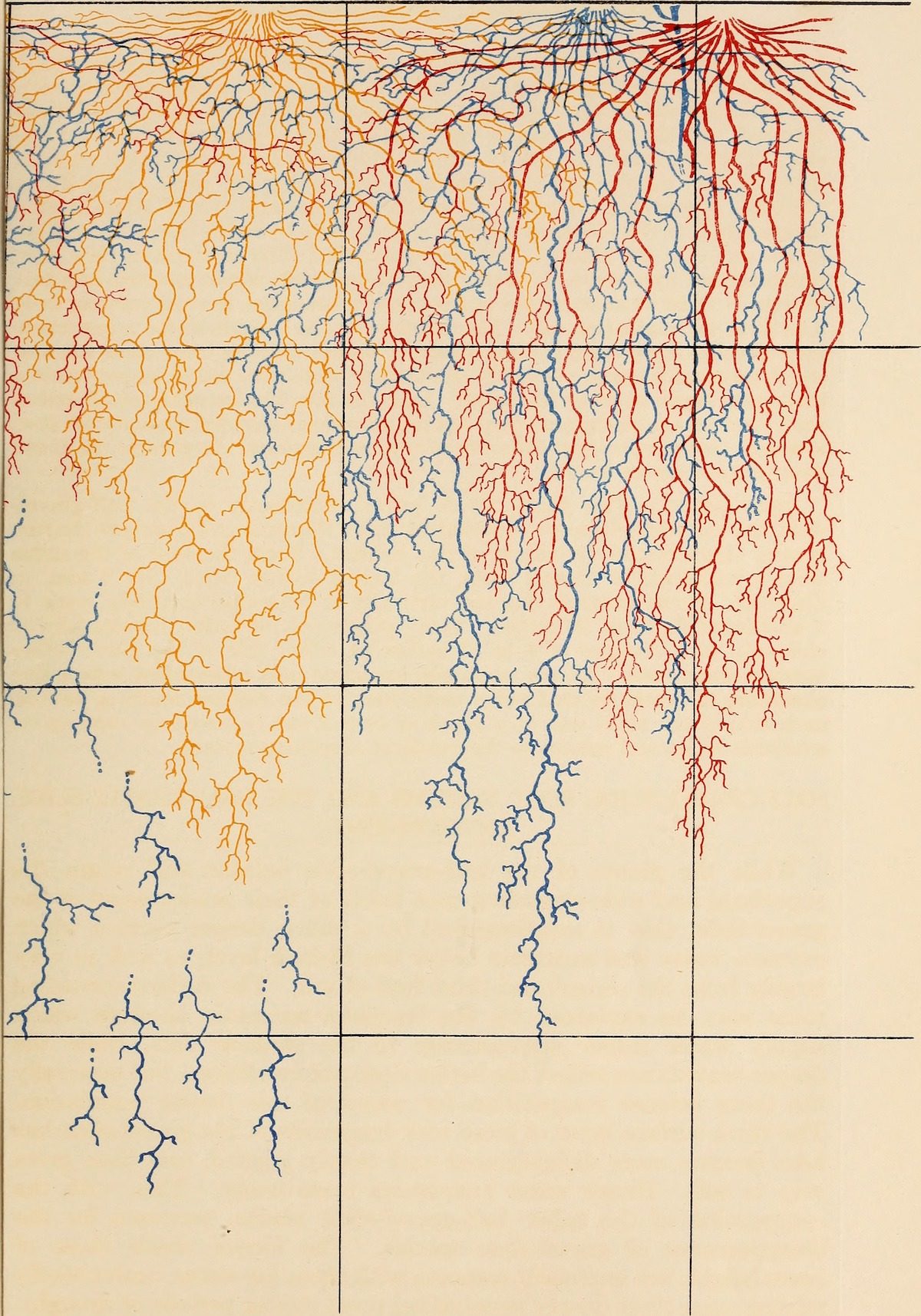

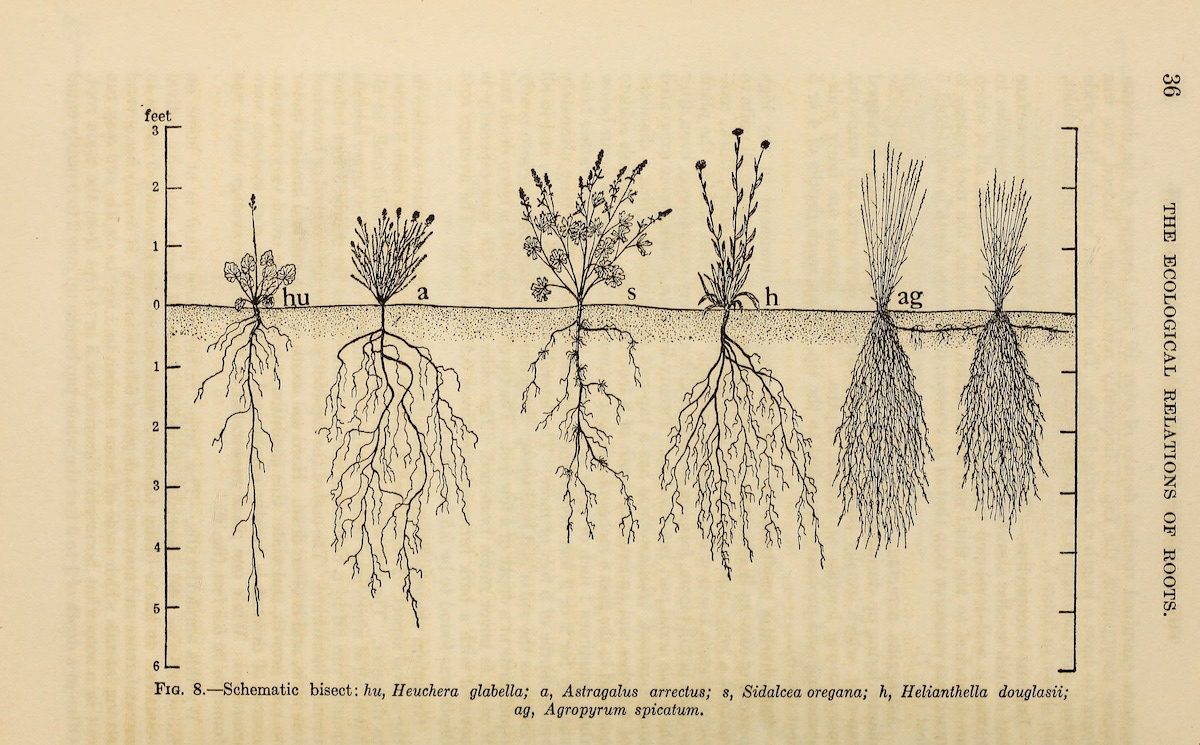

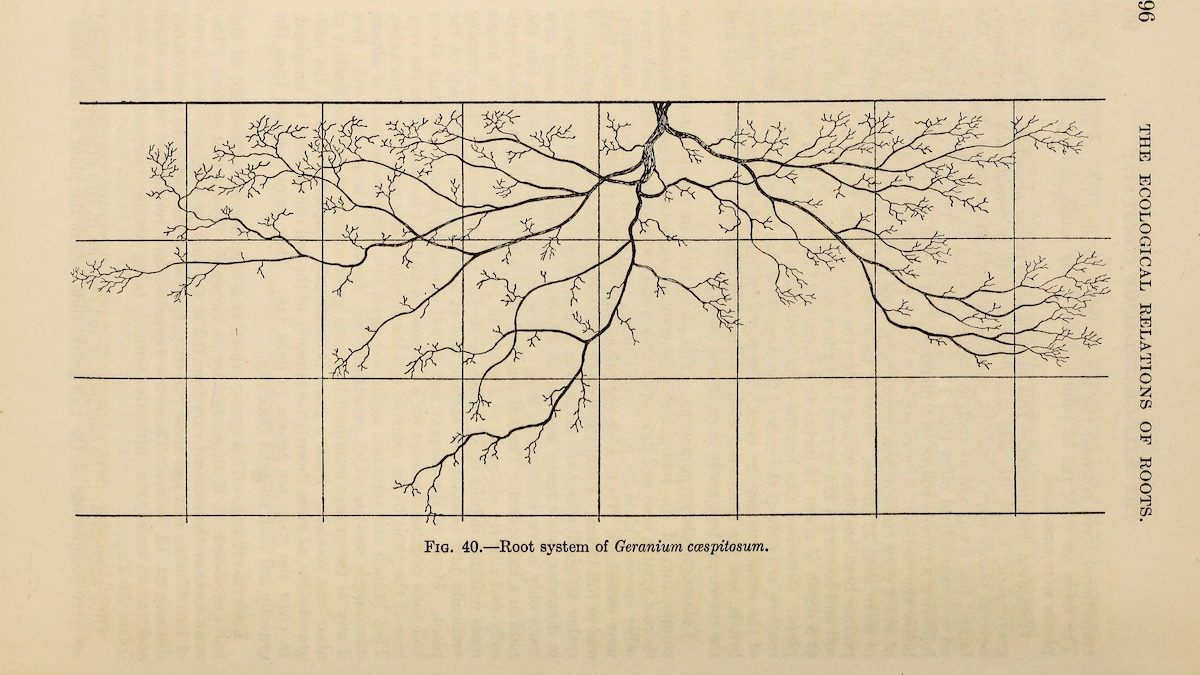


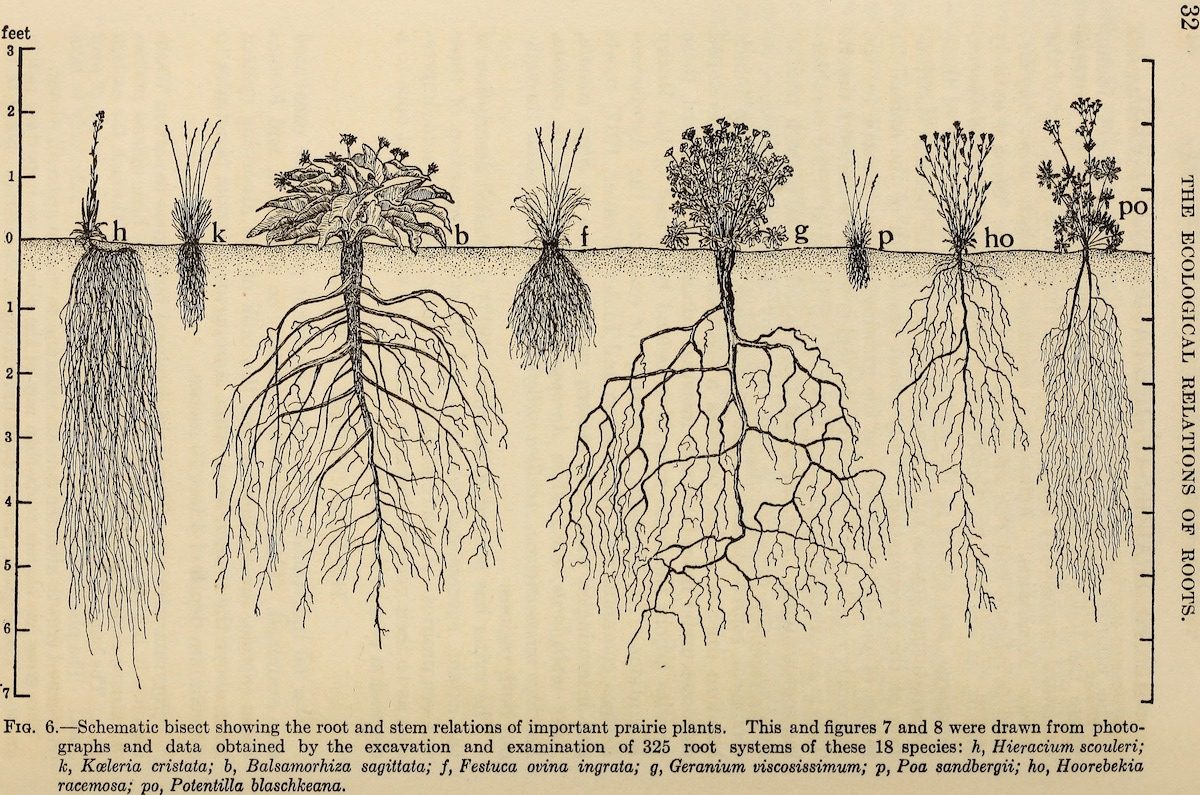
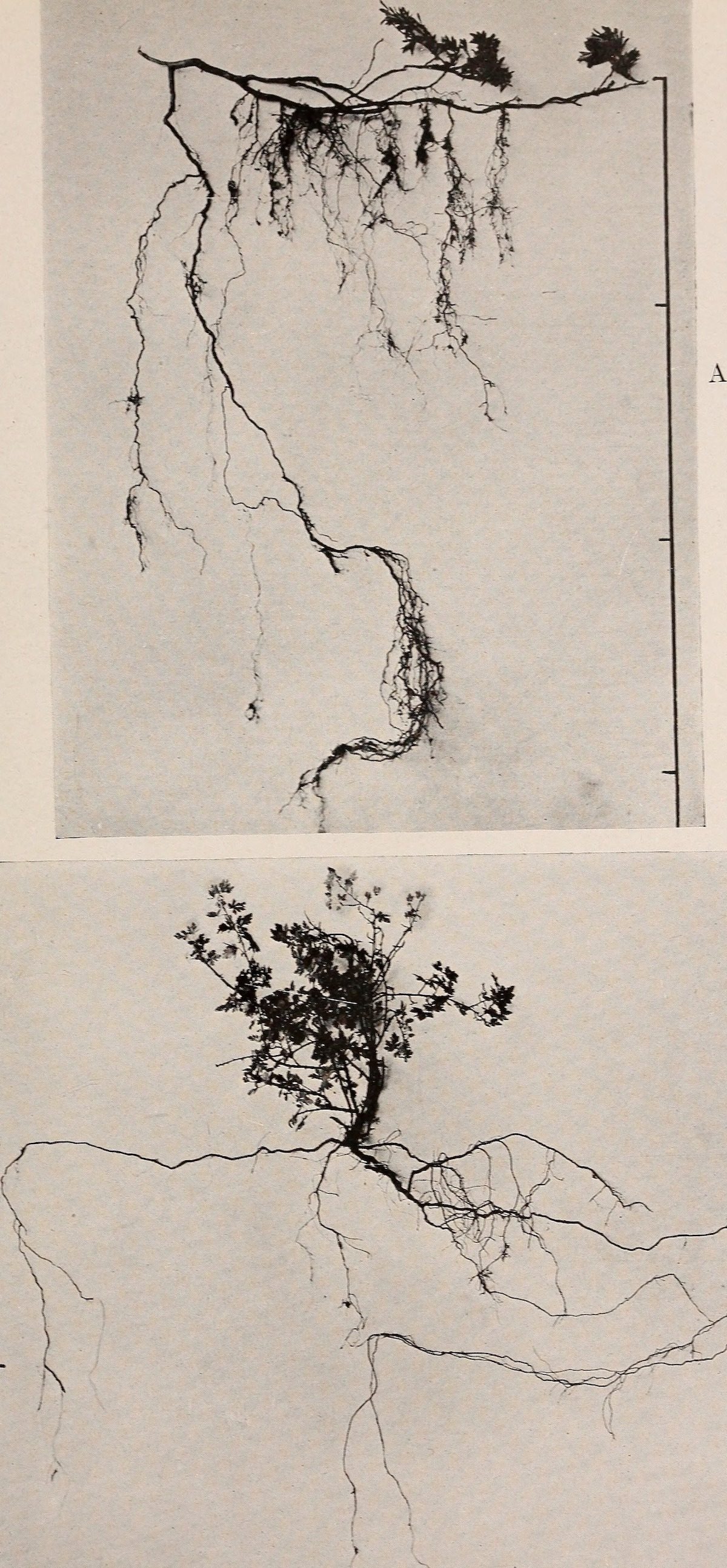
John Ernest Weaver, The Ecological Relations of Roots, Washington, via Carnegie Institution of Washington, 1919 – Via
Would you like to support Flashbak?
Please consider making a donation to our site. We don't want to rely on ads to bring you the best of visual culture. You can also support us by signing up to our Mailing List. And you can also follow us on Facebook, Instagram and Twitter. For great art and culture delivered to your door, visit our shop.






